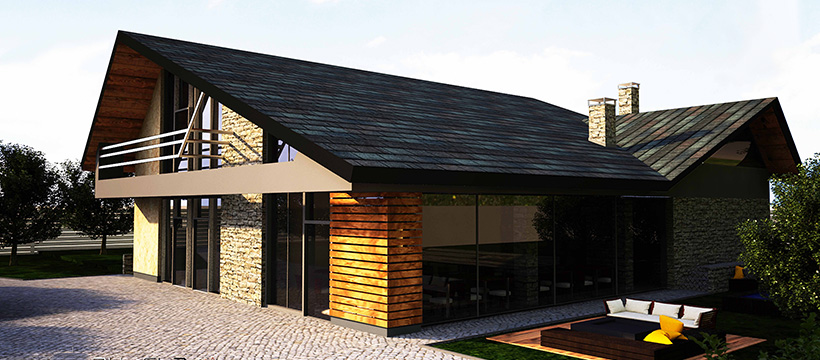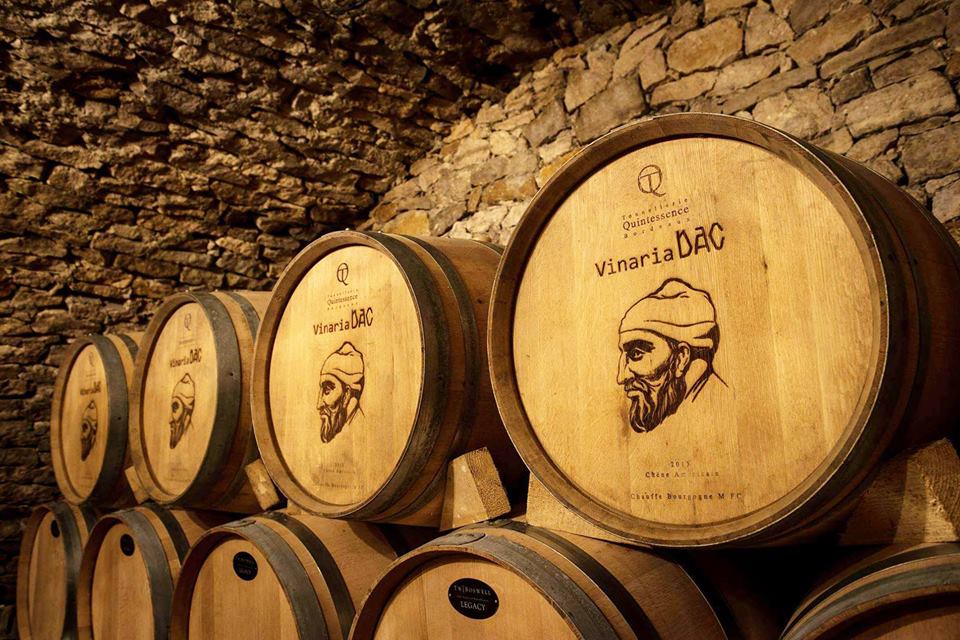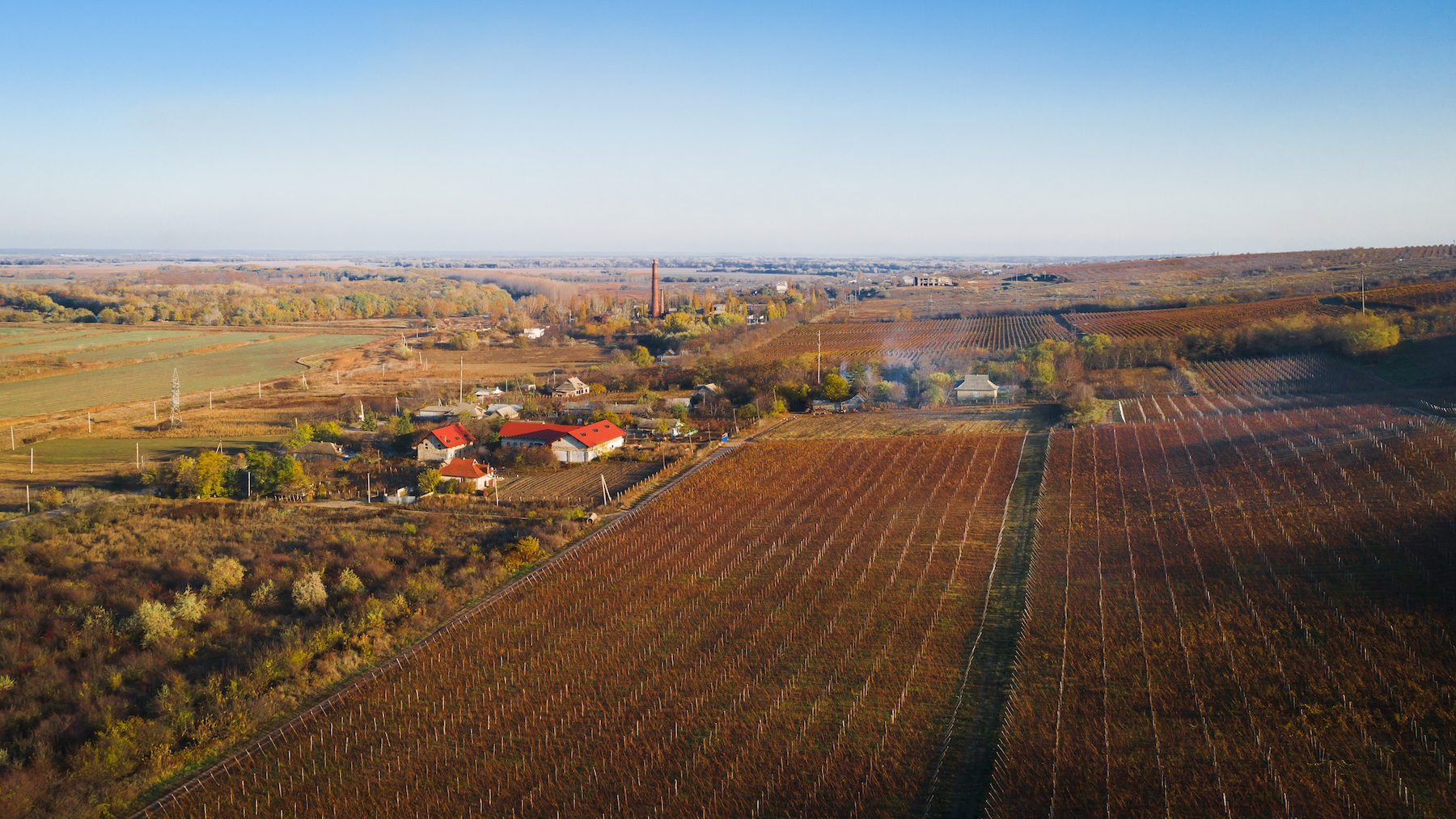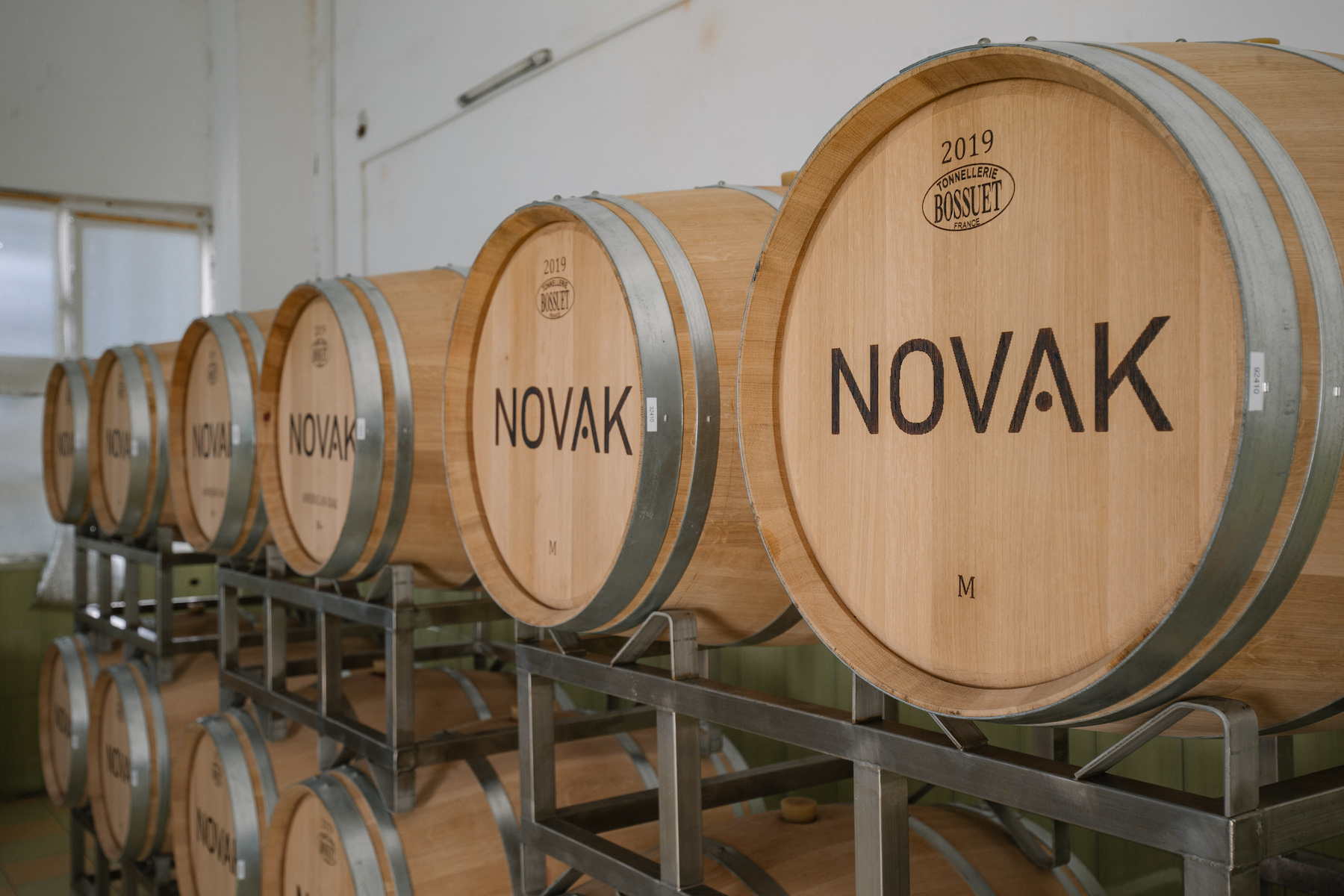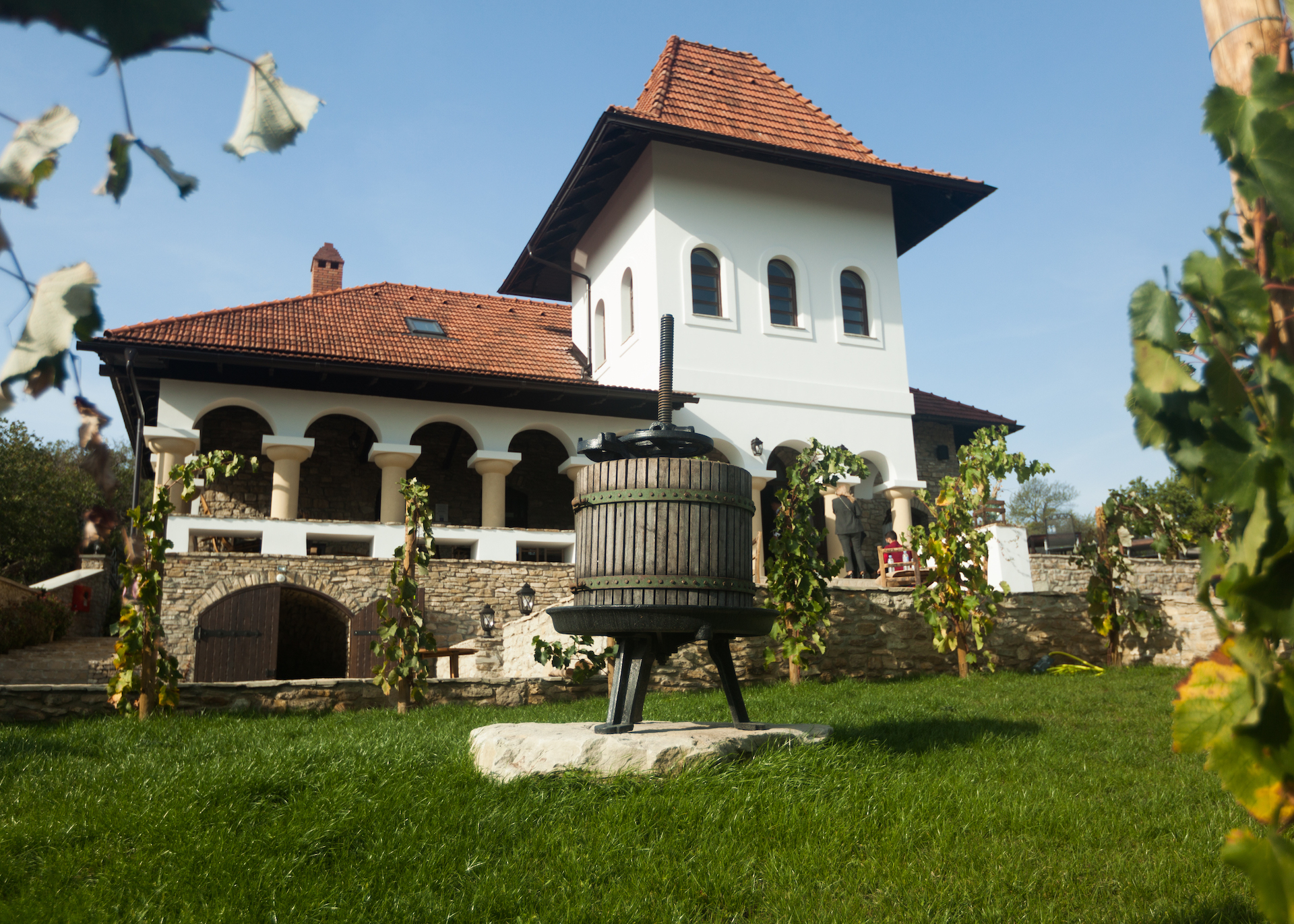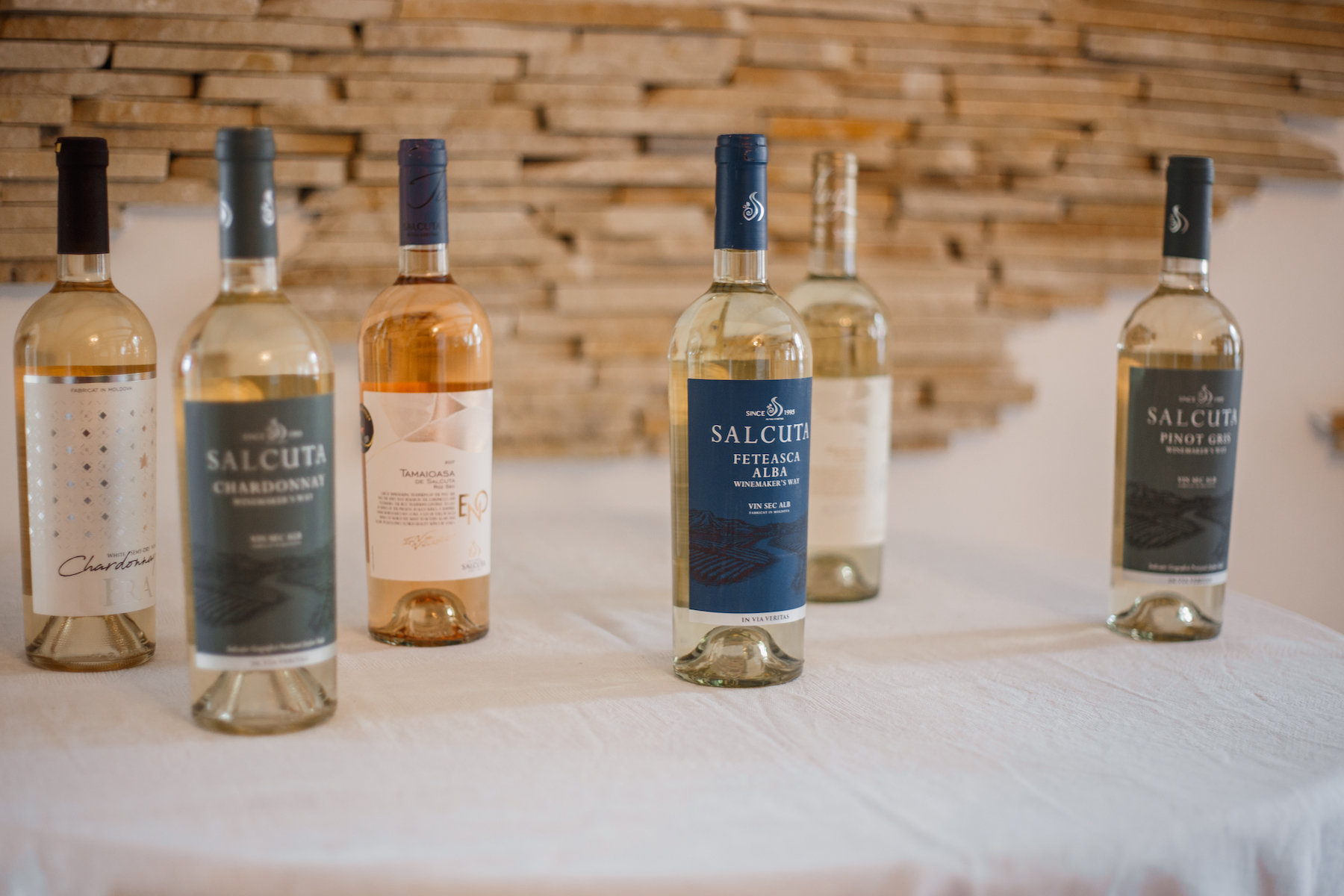Ștefan cel Mare si Sfint, which opened in 1835, is Chisinau’s oldest park. Its designers gave it a French look, with flower gardens, more than 1,000 acacia trees and two fountains. If you love literature, you will appreciate the 28 busts of the Bessarabian Era’s most famous writers and poets lining the Avenue of Classics. Bessarabia was a region the Russians took from the Turks in the 1800s. About two-thirds of it lie in today’s Moldova. Ștefan cel Mare si Sfint Public Garden not only has free wifi, but also electricity outlets for charging your computers or cellphones.
Ștefan cel Mare si Sfint Public Garden
Cathedral Park
Marii Adunari Naționale Square Cathedral Park, located in the heart of the city, is more than 180 years old. All eight of its entrances lead to the Church of the Nativity. Another park landmark is Chisinau’s version of Paris’s Arch of Triumph. Nearby is the statue of Moldova’s most famous king, Stephan cel Mare. The park is a relaxing place to walk, sit on a bench with an ice cream from a nearby vending stand, read or check your email – the park has free wifi.
Valea Morilor (Mill Valley) Park
Valea Morilor Park in Chisinau’s Buiucani area includes a manmade lake, a cascading water stairway and 218-step pedestrian staircase. Soviet leader Leonid Brezhnev ordered the park built in 1950. During Soviet times it was called the Leninist Youth Central Park of Culture and Rest. It is now one of residents’ and visitors’ favorite Chisinau parks.
You can rent kayaks and canoes on the lake and run or bicycle around it. The park also boasts cafes and playgrounds for the kiddies. If you are a true explorer, we challenge you to find the park’s hard-to-spot Statue of the Little Prince.
Casa vinicolă Luca
Waiting for opening – please confirm availability! The Luca family has been making outstanding wines for four generations at what was originally called the Luca Winery but is now called Carpe Diem. But their journey hasn’t been smooth. Soviet authorities confiscated their winery in 1949, and sent the family to a Siberian labor camp.
After years of hardship there, a few family members made their way back to Moldova, where they worked as hired hands at the winery they once owned. After the Soviet Union disintegrated in the early 1990s, the family reclaimed the winery. Ion Luca is in charge these days. The family began selling Carpe Diem-label wines in 2011. To ensure unmatched quality, harvesters pick the grapes by hand and take them to the winery in small, 10-kilogram boxes. One vintage name shows the family has a sense of humor. The label on the bottle is Bad Boys.
DAC Winery
Friends Constantin Furculete and Onisim Popescu converted their wine-making hobby into a business in 2012.
The name of the winery, which is located on the sunny terraces of the Dniester River, comes from the Dacians, a tribe that settled the area in antiquity.
Some of Dac’s wines come from local grapes, some from Western European varieties grown in its vineyards and some from blends of the two. The Western European vintages are so good that Dac exports them to France, Italy and Germany.
Dac plans to open a wine tourism complex on the road to one of the area’s biggest visitor attractions, the Soroca Fortress, constructed in the late 1400s. The complex will include a wine cellar built from a centuries-old design, a restaurant specializing in local dishes, and an inn.
Domeniile Pripa
Waiting for opening – please confirm availability! Entrepreneur Andrei Pripa was producing such good wine on the 20 hectares of vineyards he bought in Purcari that U.S. and Swedish development agencies offered to help him get to the next level. Their faith quickly paid off. In 2016, Pripa used the equipment they supplied, including a bottling line, to generate his first sizable off-site commercial sales. Customers snapped up every bottle within three months. Meanwhile, he was restoring a mansion and wine cellars on the grounds of his property. Swiss and French immigrants had built the original wine-making operation in the 1800s. One of Pripa’s next projects is opening a wine tourism complex to take advantage of his quality production and the mansion and cellars’ interesting history.
Novak Winery
Andrei Novak made a splash in Moldovan wine circles in 2017 when his new winery began creating blends based on a local variety called Alb de Onițcani. He became interested in blends when he saw 22 types of Riesling blends during a tour of a winery in Germany. “Why not bring the blend approach here?” he asked himself. One winning blend is 65 percent Alb de Onițcani and 35 percent Riesling. The first blend that Andrei entered in an international competition – Germany’s Mundus Vini Summer Tasting in 2018 – won a gold medal. His vision has prompted other Moldovan wine owners to rediscover the potential of indigenous grape varieties.
Crama Mircești Winery
Arcadie Foșnea, who honed his wine-making skills in Germany, has achieved his dream of creating his own winery in his native village, Mircești, in the heart of the famed Codru grape-growing region. Crama Mircești is not only producing terrific wines thanks to the area’s terrior and elevation, but also improving villagers’ lives. Mircești Winery is the settlement’s only employer, with 15 full-timers. When the harvest and production seasons roll around, employment climbs to 35. A proponent of wine tourism, Foșnea has opened a restaurant with a terrace that overlooks the countryside and an eight-room hotel.
Sălcuța Winery
Sălcuța Winery is a trailblazer in modern Moldovan wine making. Eugen Pîslaru was one of the country’s first winery owners to introduce vertical integration to his operation. This involved putting the entire production process – from planting and growing grapes, to harvesting, to fermentation, bottling and aging – under his control to assure quality. Sălcuța, whose leadership is now in the hands of Eugen’s son Sergiu.
